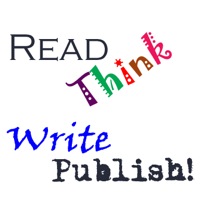Opening Day Faculty Keynote Address
Grayson County Schools, Leitchfield, KY July 28, 2005
New technologies have put students in charge of the information they access, store, analyze and share. Yet many schools function as if they still controlled the flow of information.
The copy / paste culture creates a bottom-up takeover of the information flow. Our students can be creators as well as consumers of content. New technologies have unleashed individual and collective creativity and redefined the meaning of literacy in the digital age. This presentation answers the questions:
“What is literacy in the 21st century?”
“What can schools do to promote a new literacy in the copy / paste world?”
It explores exciting new opportunities to reinforce literacy and interact with students, colleagues and information in ways that can revitalize teaching and learning. Download Literacy-in-a-CopyPasteWorld.pdf (1.7 MB) pdf handout
I also ran a one day training session "Strategies for Rigor and Relevance" for about 130 Grayson County middle and high school teachers. We used my TurningPoint audience response system to gather teacher feedback and guide our discussion and planning. Here’s a report of the responder data Download Grayson-Audience-Response.pdf (144 KB) pdf. TurningPoint can produce a variety of reports and can even track results by individual responder. Want to know more about TurningPoint response systems? Contact Mike Venrose at mvenrose@turningtechnologies.com


